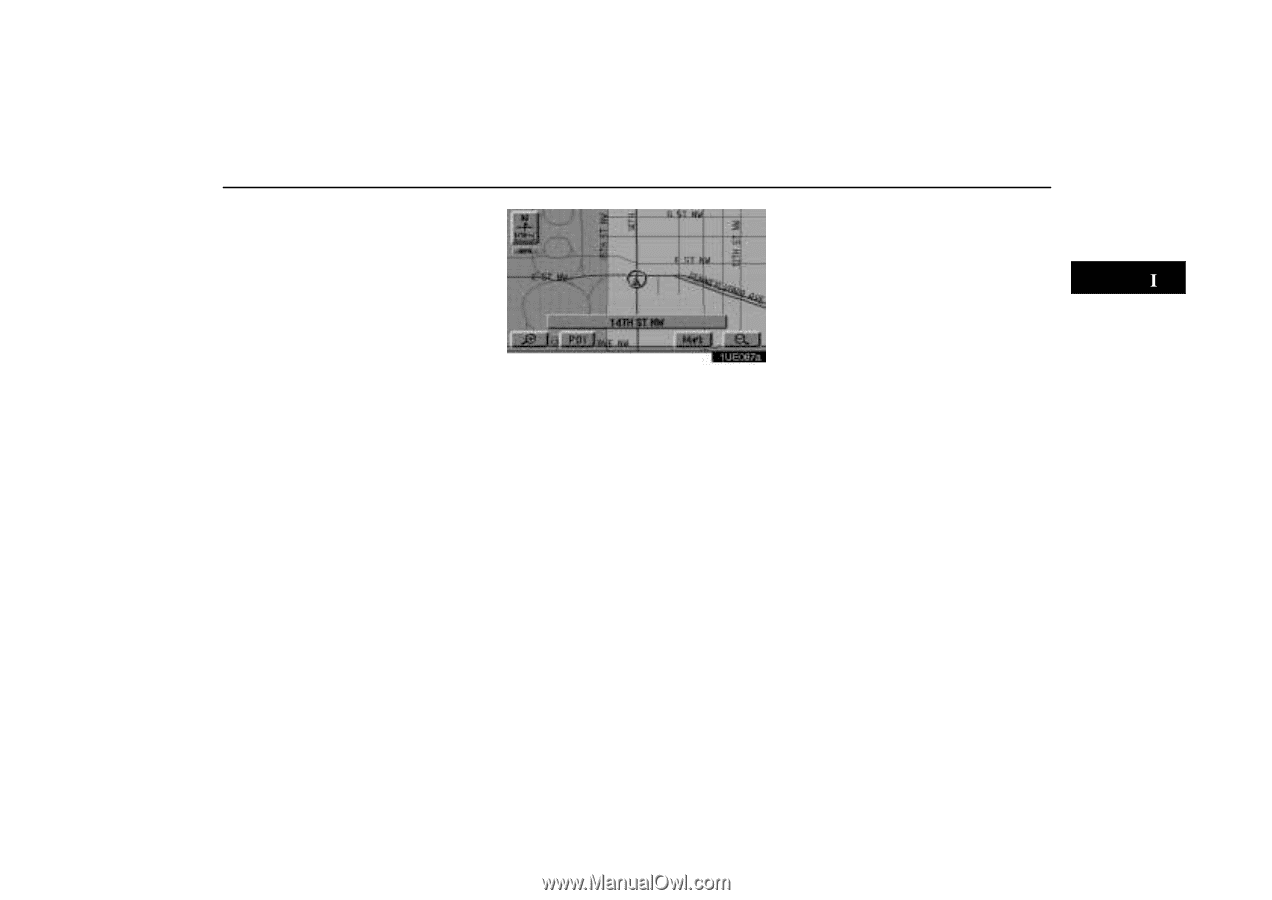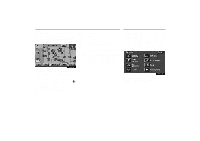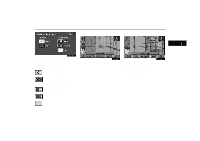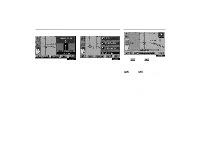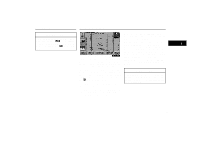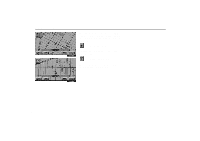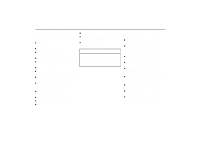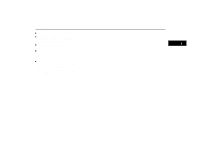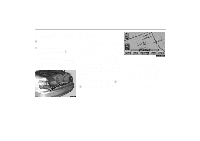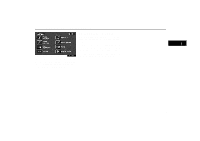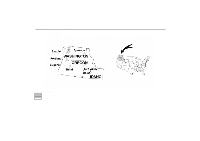2004 Lexus GS 300 Navigation Manual - Page 63
2004 Lexus GS 300 Manual
Page 63 highlights
Limitations of the Navigation System This navigation system calculates the current vehicle position using satellite signals, various vehicle signals, map data, etc. However, the accurate position may not be shown depending on the satellite condition, road configuration, vehicle condition or other circumstances. The Global Positioning System (GPS) developed and operated by the U.S. Department of Defense provides an accurate current vehicle position using 3 to 4 satellites. The GPS system has a certain level of inaccuracy built in for security reasons. While the navigation system will compensate for this most of the time, occasional positioning errors up to 300 feet can and should be expected. Generally, position errors will be corrected within a few seconds. The GPS satellites may not send signals due to repairs or improvements being made to them. Even when the navigation system is receiving good GPS signals, the vehicle position may not be shown accurately or inappropriate route guidance may occur in some cases. 1UE087a When your vehicle is receiving signals from the satellites, the "GPS" mark appears at the top left of the screen. The GPS signal may be physically obstructed, leading to inaccurate vehicle position on the map display. Tunnels, tall buildings, trucks, or even the placement of objects on the instrument panel may obstruct the GPS signals. The installation of window tinting may also obstruct the GPS signals. Most window tinting contains some metallic content that will interfere with the GPS signal reception. We recommend not to use the window tinting on vehicles equipped with navigation systems. 53
